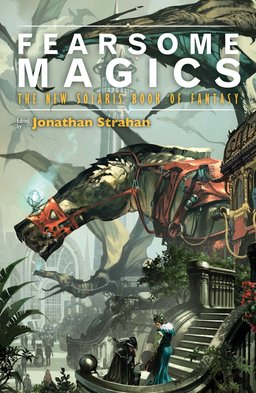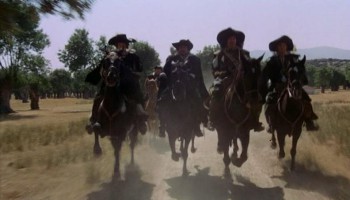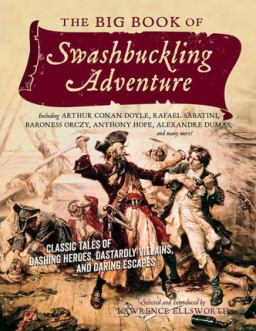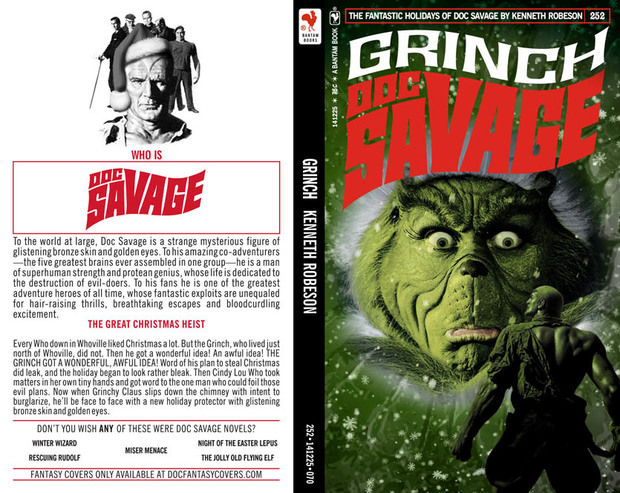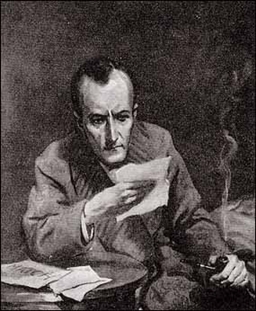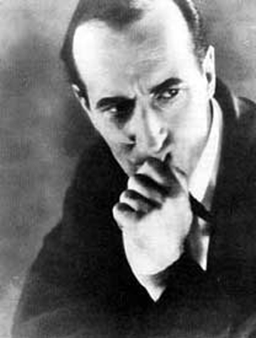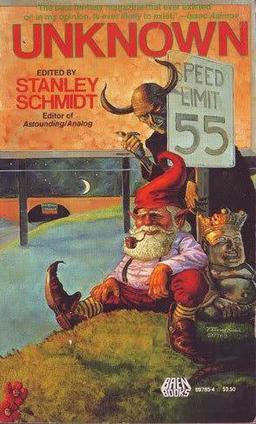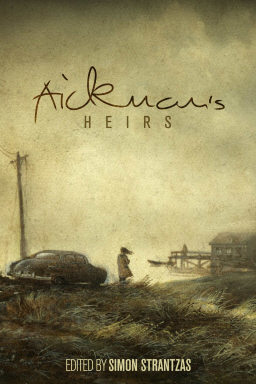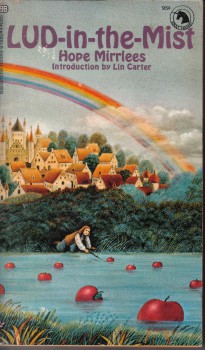The Series Series: American Craftsmen by Tom Doyle
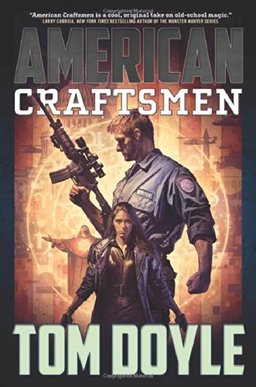 Oh, best and most delicious of conspiracy-theory secret histories! From the first moment I heard the premise of American Craftsmen, I knew I would love this book. I am glad to report that it was even better than I imagined — smarter, funnier, more multi-layered and suspenseful, with even more kickass action.
Oh, best and most delicious of conspiracy-theory secret histories! From the first moment I heard the premise of American Craftsmen, I knew I would love this book. I am glad to report that it was even better than I imagined — smarter, funnier, more multi-layered and suspenseful, with even more kickass action.
Tom Doyle’s craftsmen are mages whose lineages have served in defense of our nation since George Washington bound them in a secret Compact. As the novel opens, with a craft op gone wrong in Iraq, old feuds between the Fighting Families and classic turf wars among occult branches of government bureaucracies threaten the United States from within.
Our hero Dale Morton gets hit with the triple-whammy of a dying foe’s curse, a case of straight-up PTSD, and subtle undermining by a mole who has infiltrated America’s supernatural defense forces. Whoever wants Morton out of the way is up to no good, so Morton leaves the Army to save it. His inner life is painstakingly honorable, but his environment is so full of intrigue that he has needed to cultivate his own devious tendencies and sufficient gallows humor to get himself through the day. He cunningly gives every appearance of going home to lick his wounds. Meanwhile, he works out how he’ll get a crack at the traitor hiding among his former comrades-at-arms.
The House of Morton itself is a House divided. Dale is the only living member of the household, and his numerous resident ghosts form rival camps around the sorcerous styles of Hawthorne and Poe. He knows how to recognize the cruel magics of the Left-Hand Path, because he grew up literally haunted by its most famous practitioners. Like every virtuous member of the Morton family for a century and a half, Dale has dedicated himself to the line of protective ancestors and pitted himself against the wicked ancestors his peers in the service will never let him live down.
